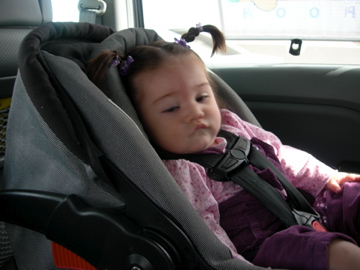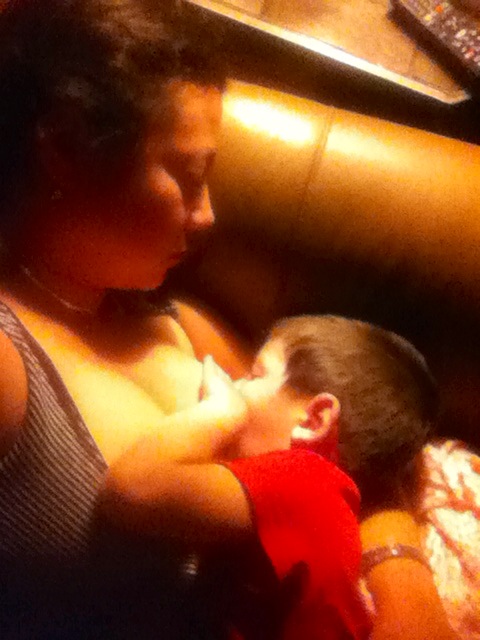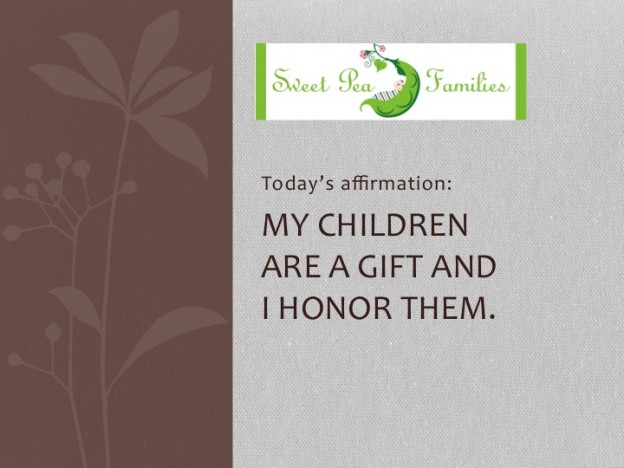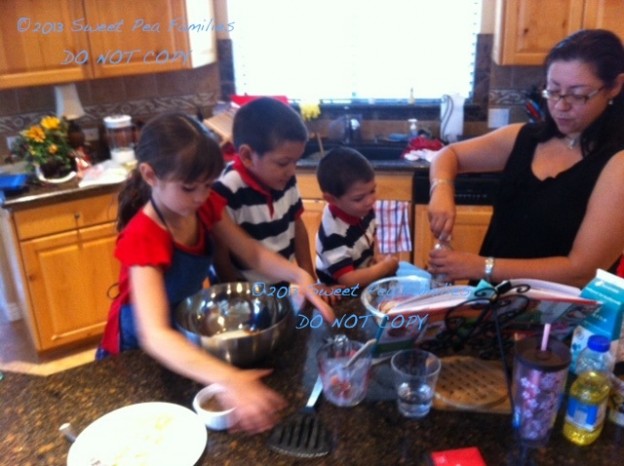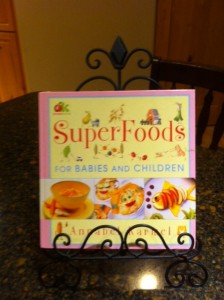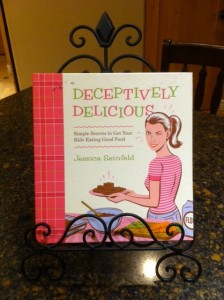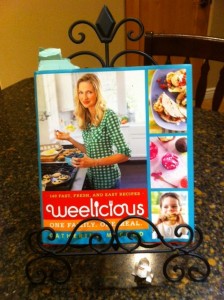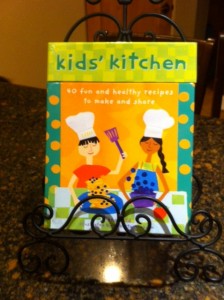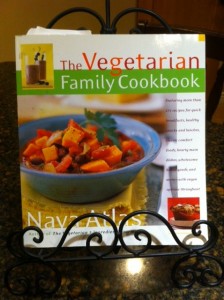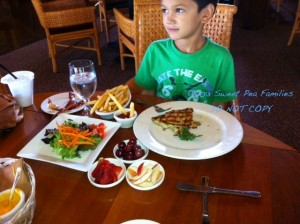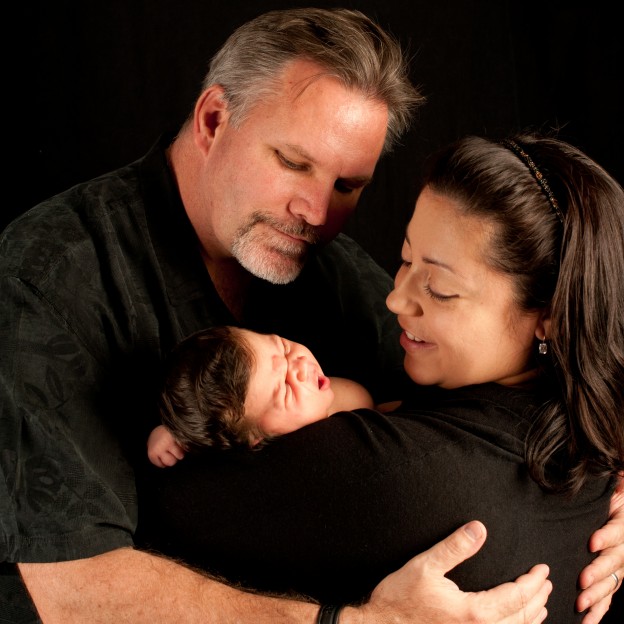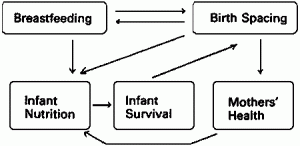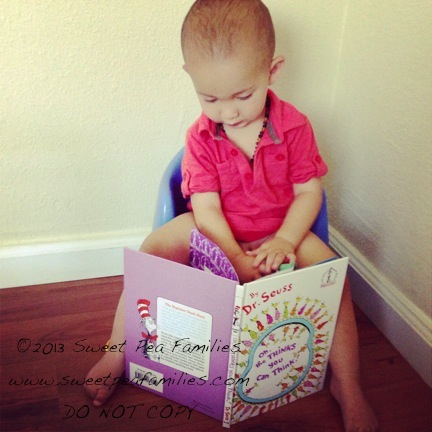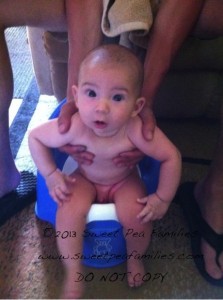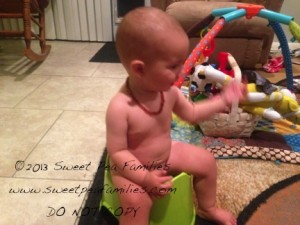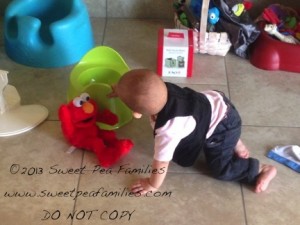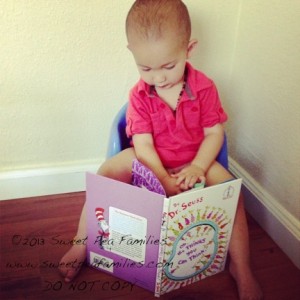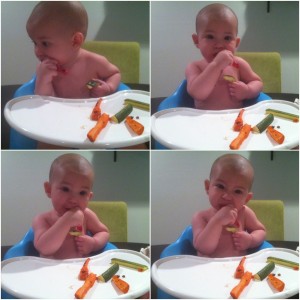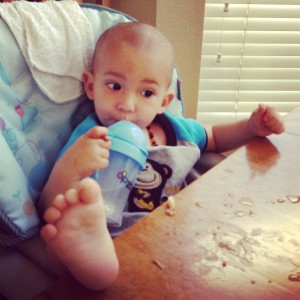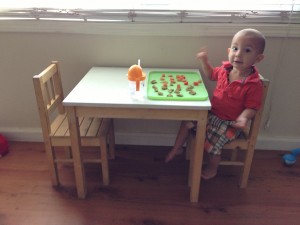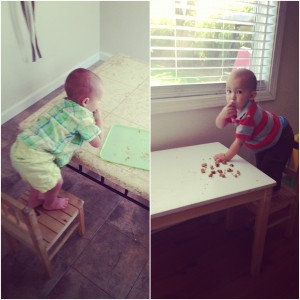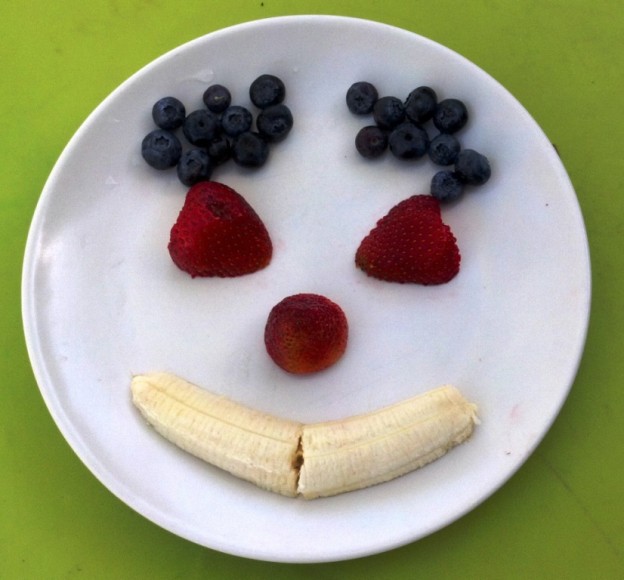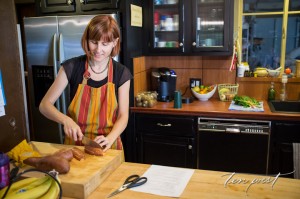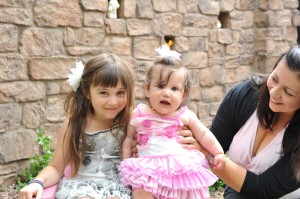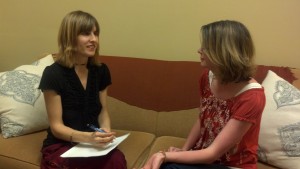 Welcome to The Breastfeeding Cafe Carnival!
Welcome to The Breastfeeding Cafe Carnival!
This post was written as part of the Breastfeeding Cafe’s Carnival. For more info on the Breastfeeding Cafe, go to www.breastfeedingcafe.wordpress.com. For more info on the Carnival or if you want to participate, contact Claire at clindstrom2 {at} gmail {dot} com. Today’s post is about breastfeeding multiple children. Please read the other blogs in today’s carnival listed below and check back for more posts July 22nd through August 4th!
I got pregnant with our third child much sooner than we expected, and because I was having contractions every time we breastfed, my doctor recommended that I stop breastfeeding. She told me that my body was responding appropriately to the oxytocin that is produced every time I nursed, and that my body could spontaneously abort the pregnancy if I didn’t stop.
I was heartbroken because of all our children, our second child really needed the benefits of extended breastfeeding. He has had food allergies since birth, and on top of that, he had an episode of RSV as an infant that left him with symptoms of asthma. He definitely could have used the extra immunity and nutrition of toddler feeding. However, since we had already had one miscarriage, I knew I would regret another one. We weaned within a week of deciding to preserve the pregnancy.
After our third child was born, I began the process to become a childbirth educator. As part of my training, I had to attend two La Leche League meetings. At one of the meetings, I met a mom who was in her third trimester and still nursing her toddler. After the initial shock and heartbreak, I pulled myself together and started asking her questions. Did she have contractions when she nursed? Was it uncomfortable? What had her doctor said? I learned that nursing through the pregnancy had been possible for her, so that was one sliver of hope that maybe I wouldn’t have to do an emergency weaning if I got pregnant again.
As a childbirth educator, I also got more involved with our local birth community. Thanks to the different events around birth and breastfeeding, I kept running into a mama who nursed through her pregnancies and was nursing a toddler as well as her infant! Not just one nursling, but two at a time!! Wow! This really opened my eyes to the possibility of nursing past the second birthday. Here was living proof that tandem nursing was not just for twins. Tandem nursing could also apply to siblings of different ages.
Empowered by these examples, I was determined to at least try to nurse through a pregnancy. I was hoping I would get to be a tandem-nursing mama, however a safe pregnancy was first and foremost in my mind. My original goal was to allow our child and I to determine the end of our breastfeeding relationship together. From the anecdotal stories I had heard about pregnancy and breastfeeding, I figured one of two things would happen. Either our third child would stop nursing if and when the milk changed flavor after the pregnancy was established, or that he would lose interest once the milk dried up or changed to colostrum.
We got pregnant again when our third was 18 months old. Just as before, I would start feeling contractions when he nursed. Instead of worrying this time, I reminded myself that I knew two women who had nursed through pregnancies. I held onto the idea that if they could do it, so could I. When I felt contractions as I nursed, I started doing self-talk with my body and our baby. I would repeat this mantra: “Everything is okay. Baby, you are safe. These contractions are making milk. Stay safe inside. I love you.” It know it might sound a little crazy, and am in no way suggesting that this will work for everyone. However, it did work for me. I was grateful the relaxation and the calm frame of mind let me accomplish our goal.
Well, much to my surprise, I neared the end of my pregnancy and I still had a nursling. Now he was two years old. I could see that I had colostrum – and I could smell that it was salty. I asked our child, “Are you sure you still want to nurse,” to which he emphatically shook his head, “yes,” and continued on.
Besides the mama examples, I credit my success in tandem nursing to the support from my local La Leche League chapter. One of the leaders had nursed an infant and a toddler and she told me what to expect. She also told me how to handle inquiries about the amount of nutrients for each child. Here is what I learned:
- Once my milk came in, it was going to be like sweet cream for my toddler and to expect a new surge of interest.
- Set firm expectations with our toddler – when we would be breastfeeding, and how was that time going to work: feed the children together, feed them independently, would there be specific places that would be our nursing locations? Once I set those parameters, try to stick to them since consistency works well with toddlers.
- Feed the baby first – she suggested making that a non-negotiable. She also suggested to get my partner’s buy-in on that. With both of us reminding our toddler that the baby nursed first, and my partner helping him wait patiently, we could be sure that the baby was going to get the nourishment she needed and that her needs were met before we traded the kiddos.
- I read and sent these two resources to a family member, who was very concerned about tandem nursing and the baby getting enough of the milk that she needed. It came up in almost every conversation as the due date approached. HERE is an article from the La Leche League website (they have since added THIS collection of links to their site), and HERE is another great link list from the trusted KellyMom page.
By educating myself on the possibility of nursing through a pregnancy, and preparing myself for tandem breastfeeding, I was able to accomplish my goal…I was allowing our child to determine his weaning schedule. I was honoring his need to breastfeed, and I was not feeling any remorse about the choices I made. We welcomed a healthy daughter in October of 2011, and I have been breastfeeding both children since then.
Yes, both. As it turns out, I did more than accomplish my goal of simply nursing through a pregnancy. I did get to be a tandem-nursing mama, and for a lot longer than I expected. He is going to turn four tomorrow. I can now say I am an extended breastfeeding mama.
I stopped nursing in public with our toddler as my pregnancy progressed. I found it very hard to get comfortable as my belly grew, besides the fact I had two other children to keep track of. Other than making the decision to nurse at home, I didn’t think anything of nursing a two-year old.
Then his third birthday came and went. He was only nursing in the morning or at night, sometimes for a nap. I started to wonder what house guests would think, and at the end of the day, it doesn’t matter. The relationship has still been beneficial to both of us.
He is one of our healthiest children – any cold he does get passes quickly and without incidence. Last winter, his younger sister went on a nursing strike. With his help, I was able to keep my supply up between his nursing and some hand expression. He got a nasty stomach bug this spring – while it lasted 24-48 hours in the rest of us, he and his little sister only had it for a few hours. Recently, he caught a cough that was going around. As an experiment, I increased his breastfeeding – it seemed to help!
It has been a quandary. While it has been great to increase the amount he nurses under beneficial circumstances, in the back of my mind I worry about sending him the wrong message. While I treasure being a source of nourishment and antibodies, I feel like it is important for him to start finding other coping mechanisms as he turns four. While I can never replace the health benefits of nursing, I have to trust that he has a well-developed immune system that can cope well enough without breastmilk.
In the last two weeks, I have definitely started to see a decrease in his interest to nurse. Part of it has been the message my husband and I have been relaying to him. We remind him he is going to be four, and we wanted him to start finding other ways to self-soothe when he was tired or upset. We agreed that it was important to expand his repertoire of coping techniques. I also think part of it is the natural weaning – although he still asks, he nurses for literally 60 seconds, and then he is off and running in a different direction.
I am finally going public with our extended breastfeeding story because it may help another mama look at her choices with more confidence, or maybe even consider extended nursing as a possibility. I want other mamas to know they are not alone if they want to breastfeed through a pregnancy. I want to lend courage to another mama who may feel pressure to wean a toddler although she and her nursling might not be ready. My favorite idea that has guided me through this extended breastfeeding relationship is from our La Leche League group: Breastfeeding is a dance. Sometimes you lead, sometimes you follow.
My extension to that thought: You continue the dance as long as it is mutually beneficial. When one of you is ready to stop dancing, you honor each other with a mutually peaceful and loving transition.
Wishing you breastfeeding mamas a beautiful dance with your nurslings! Enjoy the dance in the moment. When the music ends and it’s time to clear the floor, I hope you leave the floor with happy memories. Go forward with the knowledge that you and your child will continue to be a great team as you move onto the next chapter of your relationship.
Here are more post by the Breastfeeding Cafe Carnival participants! Check back because more will be added throughout the day.

